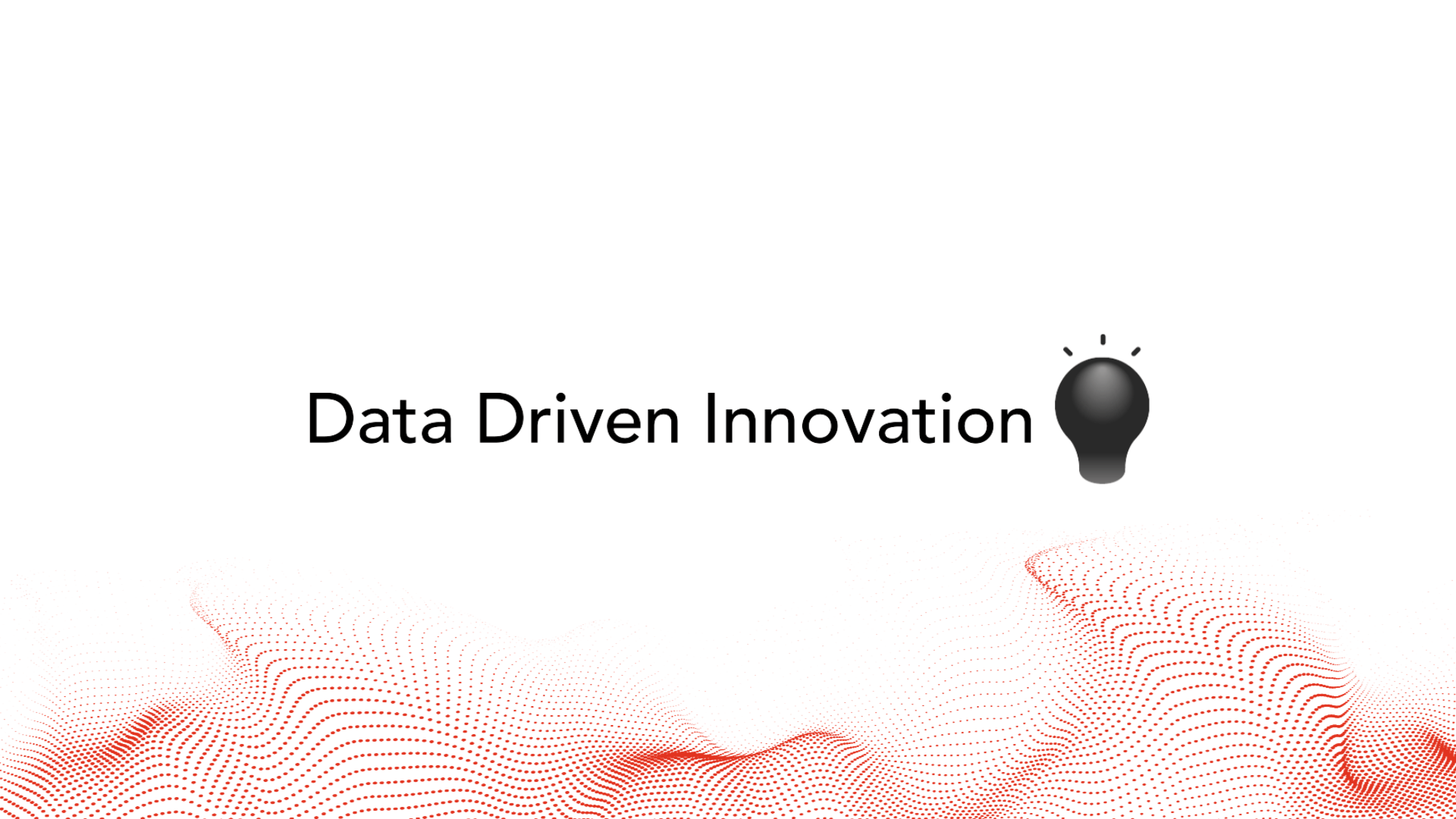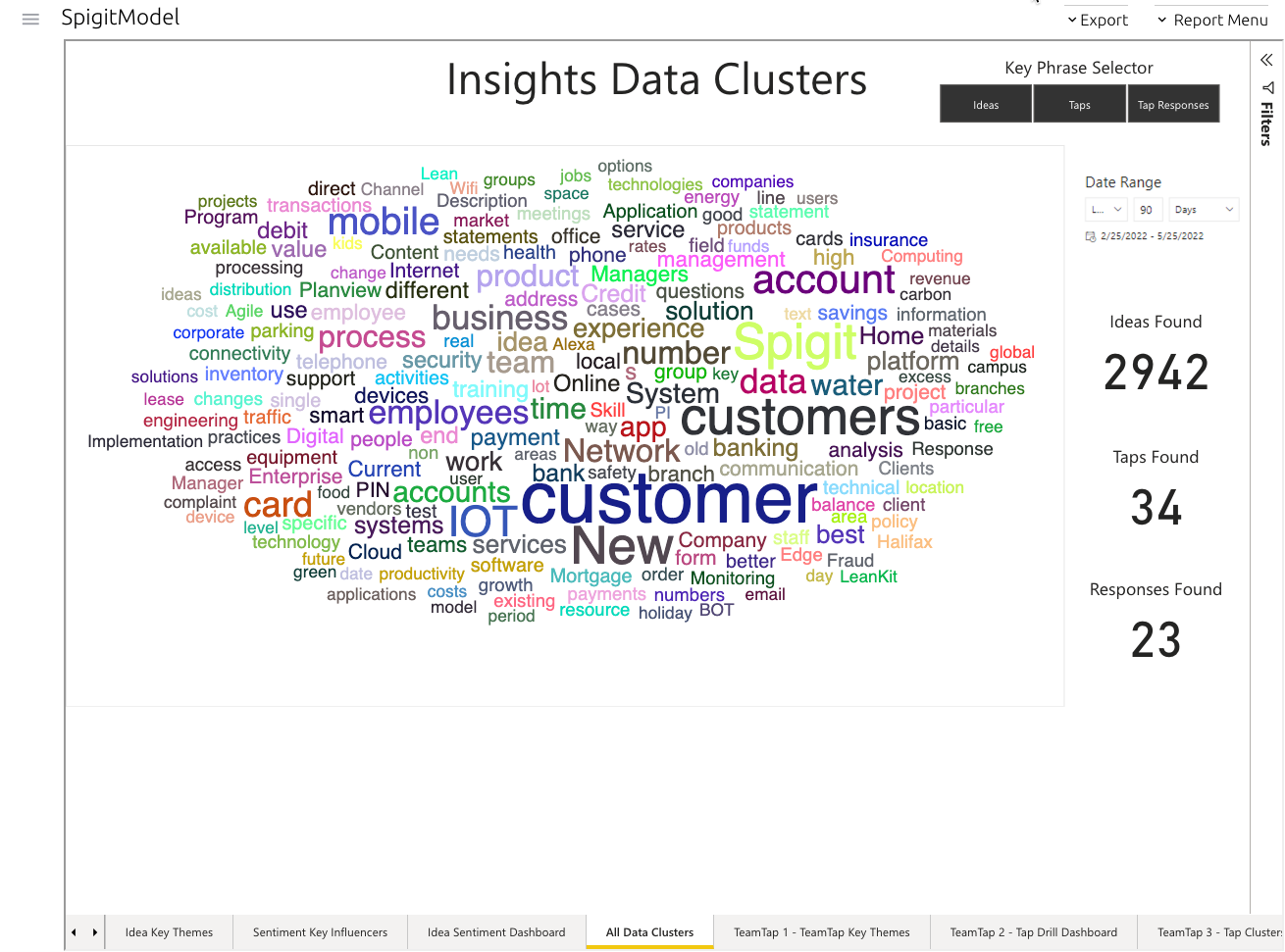Data Driven Innovation
Introduction
Delivering innovation is increasingly a fluid process that requires a strong grasp of analytics, data, and trends. To deliver value to any organization, the innovation function requires a strong analytical capability. At Planview, we believe that this should be a capability that promotes analytics and data to the forefront of the innovation practice. Data Driven Innovation or DDI is a core tool in any innovation team’s arsenal that will allow them to delve more deeply into the data they have, driving success rates up and enhancing decision making.

What is Data Driven Innovation (DDI)?
DDI concerns the use of data and data models as an integral component of the innovation process. Gartner describes Data Driven Innovation as:
"Data Driven Innovation (DDI) refers to the use of data and analytics (D&A) to develop or foster new products, processes, organizational methods, and markets, which can drive the discovery and execution of innovation."
- Gartner, “Hype Cycle for Innovation Management Techniques, 2021,” Fenn, Skyttegaard, Pidsley, Fujiwara, Chandrasekaran, Topham, Cearley, 12 July 2021
All statements in this presentation attributable to Gartner represent Planview’s interpretation of data, research opinion or viewpoints published by Gartner, Inc., and have not been reviewed by Gartner. Each Gartner publication speaks as of its original publication date (and not as of the date of this presentation). The opinions expressed in Gartner publications are not representations of fact and are subject to change without notice.
This quote provides key value streams that can be leveraged through the unlocking of data in your innovation process. If we think about how we address the challenges of developing new products and services or addressing new markets today, then involving your data in the process could be a major enhancement for your program.
As Gartner goes on to say; “DDI improves the speed and success rate of digital innovations by studying data and data correlations and gaining insights from analyzing data.” In this article, we will look at how Planview can provide the data models that help to keep you, and your organization, ahead of the curve.
Harnessing the Crowd to Capture Data
In traditional models of engagement, use cases such as new product development or Voice of the Customer are driven from a "top down" challenge-based model. This approach offers a well-structured series of use cases that align with established organizational value streams and projects. We believe however that there are opportunities to model idea data across these challenges and use cases to allow for a clearer picture of the trends and themes emerging from within ideas.
This can unlock all previously entered ideas, across the lifespan of the instance. In practical terms, this allows for both new and emerging trends to be clustered with older ideas that may not have been progressed or had been deferred for other reasons. Imagine being able to identify clusters of "key themes" based upon hundreds or thousands of characters of text that are automatically linked to ideas that are related. Perhaps you didn’t select an idea owing to cost or technology constraints in the past but if a trend emerges, our data model will link those ideas to the current trend to provide a complete list of idea options to meet the emerging theme.
This can help to drive innovation using data as programs mature. Sometimes, programs can use other features to capture data and gain a clearer picture of how trends and clusters are emerging. The key in this scenario is how the data is captured. In a model where challenges are used, ideas can become constrained by topics that are selected by sponsors and administrators. By leveraging TeamTap, organizations can get an even clearer data picture from their engagements.
TeamTap allows users to build and launch their own microchallenges, crucially, on topics that matter to the user. This is very important in DDI processes as users are posting and responding to a more democratized topic, away from the more structured challenge model. In this case, the content being entered can provide insights into truly emerging themes. For example, users out in the field may be posting Taps and responses in relation to a specific product or service that they are identifying opportunities with. In providing TeamTap as an engagement mechanism, organizations are not only providing a framework for continual user value but also a capture point for unstructured data.
Planview believes that using the Idea and Tap model in conjunction aligns with the pure definitions and use cases for Data Driven Innovation.
Data and Data Models
Planview offers an out of the box data model that provides access to both structured and unstructured data. We leverage machine learning to automate the process of modeling the data. In doing so, our analytics capability can work through all unstructured data found within Idea descriptions, Taps, and Tap Responses. The machine learning saves hundreds of hours of human analysis and provides automated clusters of key themes across the unstructured data.

Figure 1 – Out of the box Idea, Tap, and Response Themes
Using both Natural Language Understanding (NLU) and Natural Language Processing (NLP), we can derive clusters from across the two core datasets of Ideas and Taps. Furthermore, the NLU & NLP capability delivers Sentiment Analysis scores across the two datasets. This is a further useful DDI technique which can be used to assess the positive or negative expression of users away from votes or idea maturity. You can learn more about sentiment analysis here.

Figure 2 – Modeling TeamTap Themes by User Location to trace opportunities
Summary
In summary, Data Driven Innovation is a core enabler to value delivery for any innovation program. Blending not only the engagement of users but the unstructured data that they bring can help to highlight previously unknown or untouched opportunities, problems, and solutions. Please contact your Planview Customer Success Manager for more information or to enable TeamTap, submit a customer care ticket.

